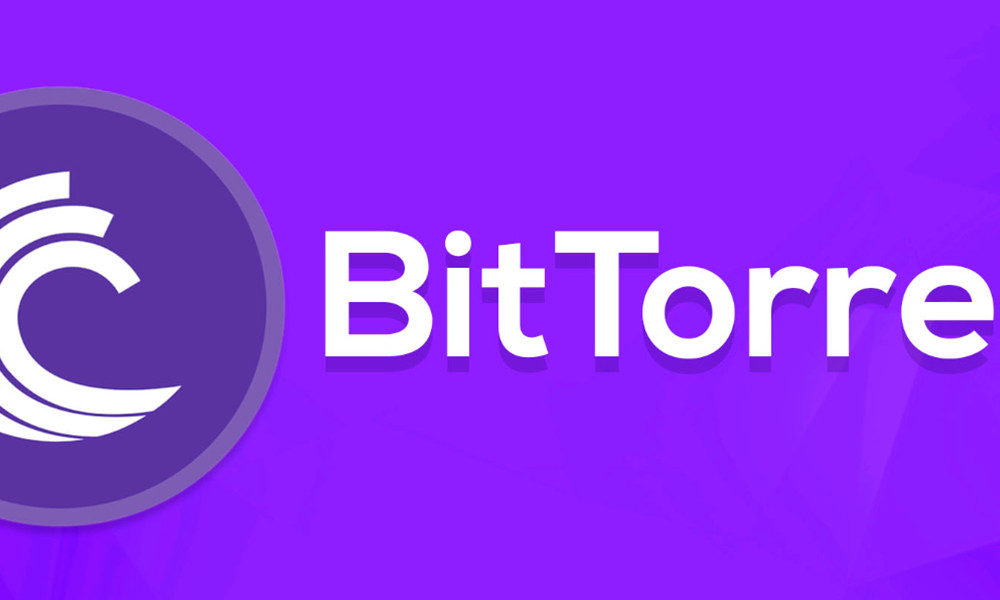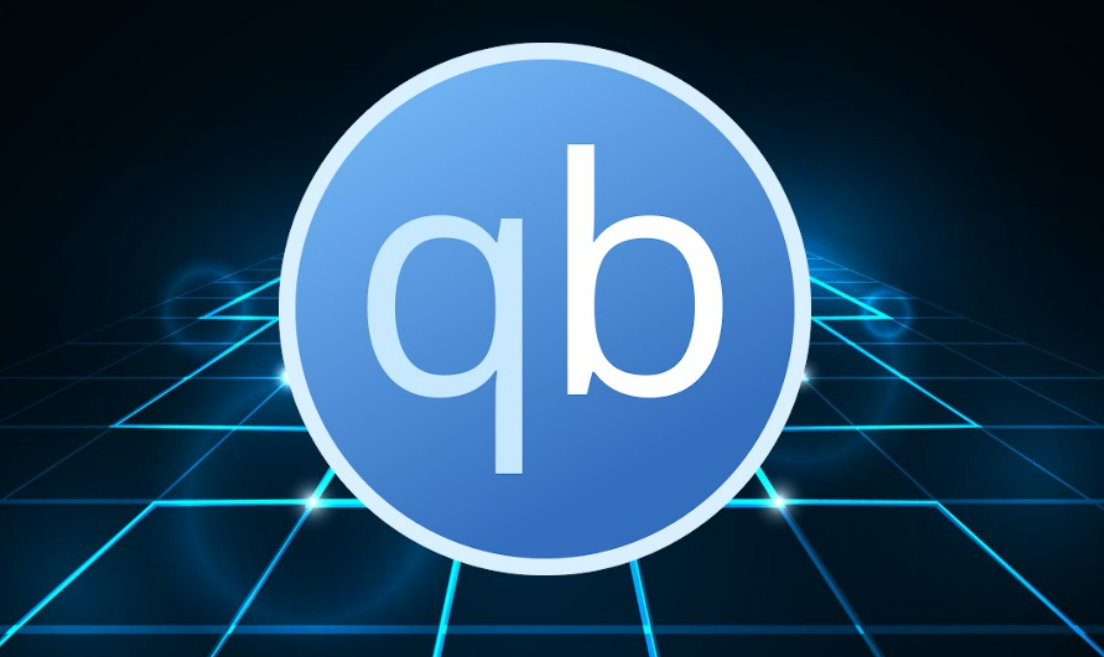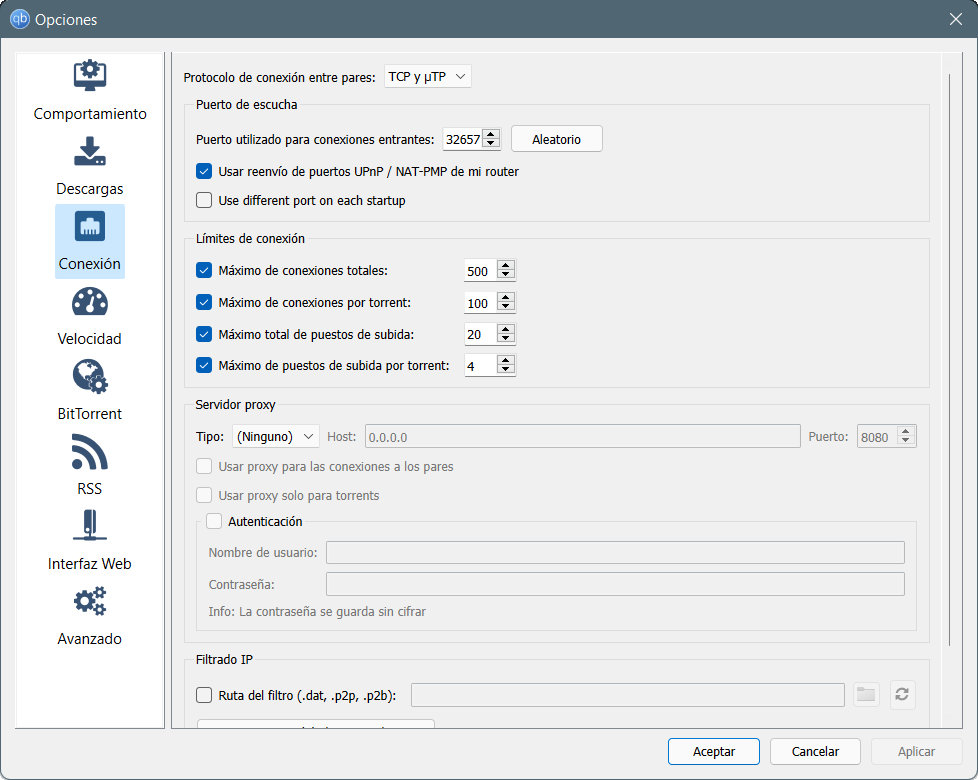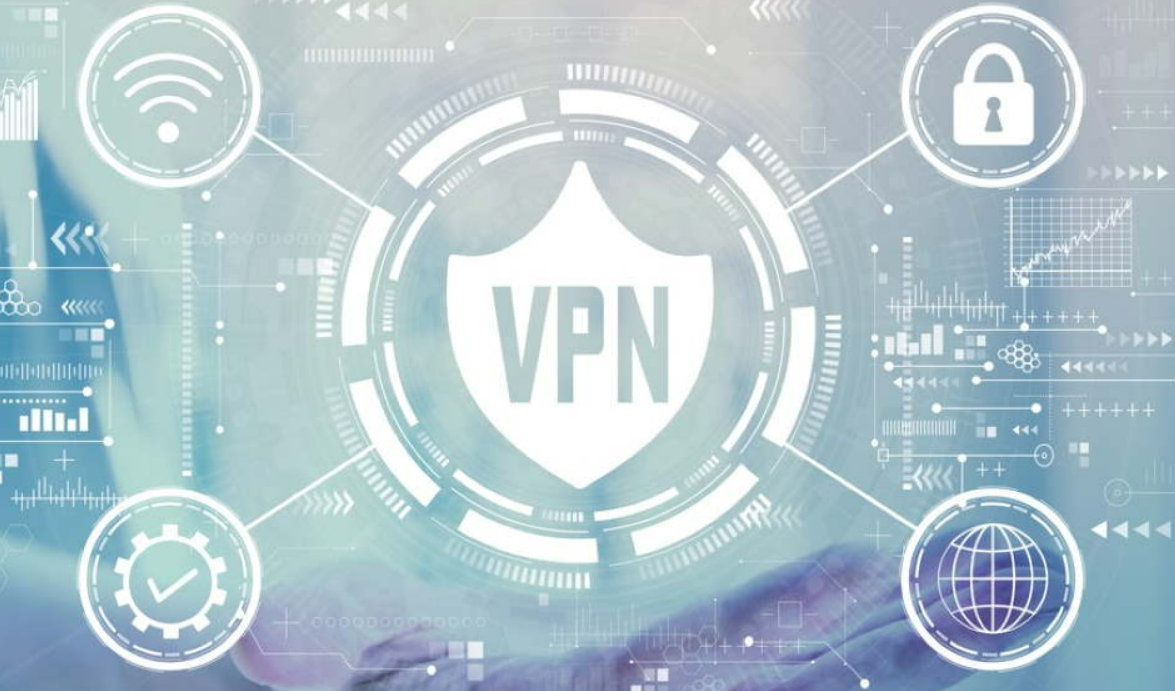
Bittorrent downloads aren’t as fast as you’d like? Although at the beginning of the century it was estimated that a third of all Internet traffic passed through the BitTorrent network, today the story has changed a lot and streaming services and the pressure of the industry against piracy have reduced the use of these networks of peer-to-peer or P2P file sharing.
However, they are still millions of users who use them daily for his huge capacity to distribute large files and as a great alternative to direct downloads. Whether you are downloading public domain movies, Linux operating systems or any other content legally distributed on these networks (you may be surprised by all the free and copyright-free content that exists on these networks), any user will look for the download to be reproduced as fast as possible.
How to improve BitTorrent downloads
There are some tricks, techniques or tips to adopt, from basic to advanced, that a user can use to improve performance when using these types of networks. The improvement of their experience and also that of third parties because an important part of it lies in the generosity of the users themselves when it comes to “sharing” and not just “sucking” the rest. We talk about it when we explain the fundamentals and workings of BitTorrent. Today we are going to review some more practical questions that they propose to us from makeuseof.
1.- Check your Internet connection
Your Internet service provider (ISP) and the rate you have contracted determine the performance of your connection. And there are no miracles. Neither in torrent downloads. Most operators have specific bandwidths for uploads and downloads, with maximum limits established to allow the strength of their network or to force the user to hire a better and more expensive service.
As such, the torrent download speed will not exceed -obviously- the limit that you have contracted. To find out the actual limit and to be able to configure the client you use, you can pre-check the speeds with some of the test services. One of the best is the one from speedtest.net.
2.- Choose the right client
There are many applications that can work with these files on the main platforms, Windows, macOS, Linux, Android or iOS. But not all get the same performance, even on the same computer and connection.
Among the ones we like the most, we can highlight qBittorrent (free, without adware and open source based on libtorrent); Deluge (free, ad-free, open source application) that uses libtorrent as its backend; Streaming-Qt Win (for some the best BitTorrent client for OS X and Linux) and perhaps the best known, a uTorrent that works very well, but which dropped in popularity after the purchase by BitTorrent, Inc.
3.- Keep your BitTorrent client updated
Like any application, the clients for this P2P network improve with each update and fix bugs that may be penalizing the speed of BitTorrent downloads. Try to update it every time a new version is available. In addition, it is common for them to include security patches against known vulnerabilities.
4.- Select popular torrent
In this network, the «Seeds» (Seeds) are key to best performance and effective file distribution, as it refers to users who own the entire file and are “seeding.” Also important are the “Points” (Peers), the users who are currently connected to the network.
Both are key to performance, so we recommend that you select the most popular torrents, which tend to be the ones with the highest number of seeds and peers. You can see it in any application. Discard those that do not have the complete file, because it is likely that you will never complete it.
5.- Balance upload / download speeds
As in any P2P file-sharing network, it is advisable to be as “generous” as possible when offering our files to other users. The goal is not only moral, but practical. The ideal would be to approach a 1: 1 ratio in terms of download / upload, but in practice it is impossible because most users do not have symmetrical Internet access services.
As a general rule, set the upload capacity to the maximum that your connection allows without penalizing the operation of your equipment or others connected to the network. An unwritten rule, but one that must be followed is to continue sharing the most requested files even if you have downloaded them to contribute to their distribution.
6.- Configure the connections
In addition to the upload / download values, there is another important group of sections to manage and these are the connection limits: maximum total connections, maximum per torrent and upload stations. Setting a number too high does not mean that you will get a higher download speed in BitTorrent, because you will consume useless bandwidth and can block your connection. However, setting them too low can lead to loss of seeds and pairs, thereby reducing yield.
In balance is virtue. Take the relevant tests and stick with the ones that best suit your Internet connection and your PC. Additionally, you can configure other parameters, such as the folder where you want the torrents to be stored or that the opening of .torrent files or magnet links is performed automatically in the application you use.
7.- Configure your firewall
Any modern firewall must allow BitTorrent connections. If there is a problem, you will see a pop-up window or notification to which you must react. You can configure the BitTorrent client as a blocking exception in your firewall. For some operators, it may be necessary to configure the router to allow access to these networks. It is usually configured through a function called “port forwarding”. Your firewall and router documentation should provide specific information about this.
8.- Use Ethernet and not Wi-Fi
A wired local network is ideal to improve the download speed in BitTorrent, along with your best PC you have at home. Not only is an Ethernet network faster than Wi-Fi, it has much lower latency and is less susceptible to interference, providing a more reliable, stable, and always-on connection. In P2P, always cable and not wireless connections.
9.- Higher speed with VPN
ISPs use a technique called “traffic shaping” to prioritize traffic on their network. This means that carriers can detect what data is being sent and route it to its destination based on how important the data is to you. Typically, torrent file data has a very low priority.
Bittorrent clients generally have tools to manage whether or not the data is encrypted. However, this is inadequate in the face of ISP packet detection. In this case, it is recommended to use a VPN. With it, you make sure that the traffic configuration does not limit the speed. It should be noted that not all VPNs support torrenting.
10.- Improve your PC
Although Internet speed is the most important section when it comes to improving BitTorrent downloads and almost any PC will be able to connect to these networks, the general performance also influences and as in any computing task at a higher level, the better experience. Mainly an efficient processor, more RAM or an SSD as a storage unit that should better move the pieces of files that you receive.
Note. We give due warning as always when we talk about these issues: The use of P2P networks to distribute content is absolutely legal, but sharing copyright-protected files on their networks without authorization is as illegal and is penalized by the law as doing it by other means . In case you need it, we give you access to our BitTorrent Guide and the 10 most popular Torrent sites of 2021.






